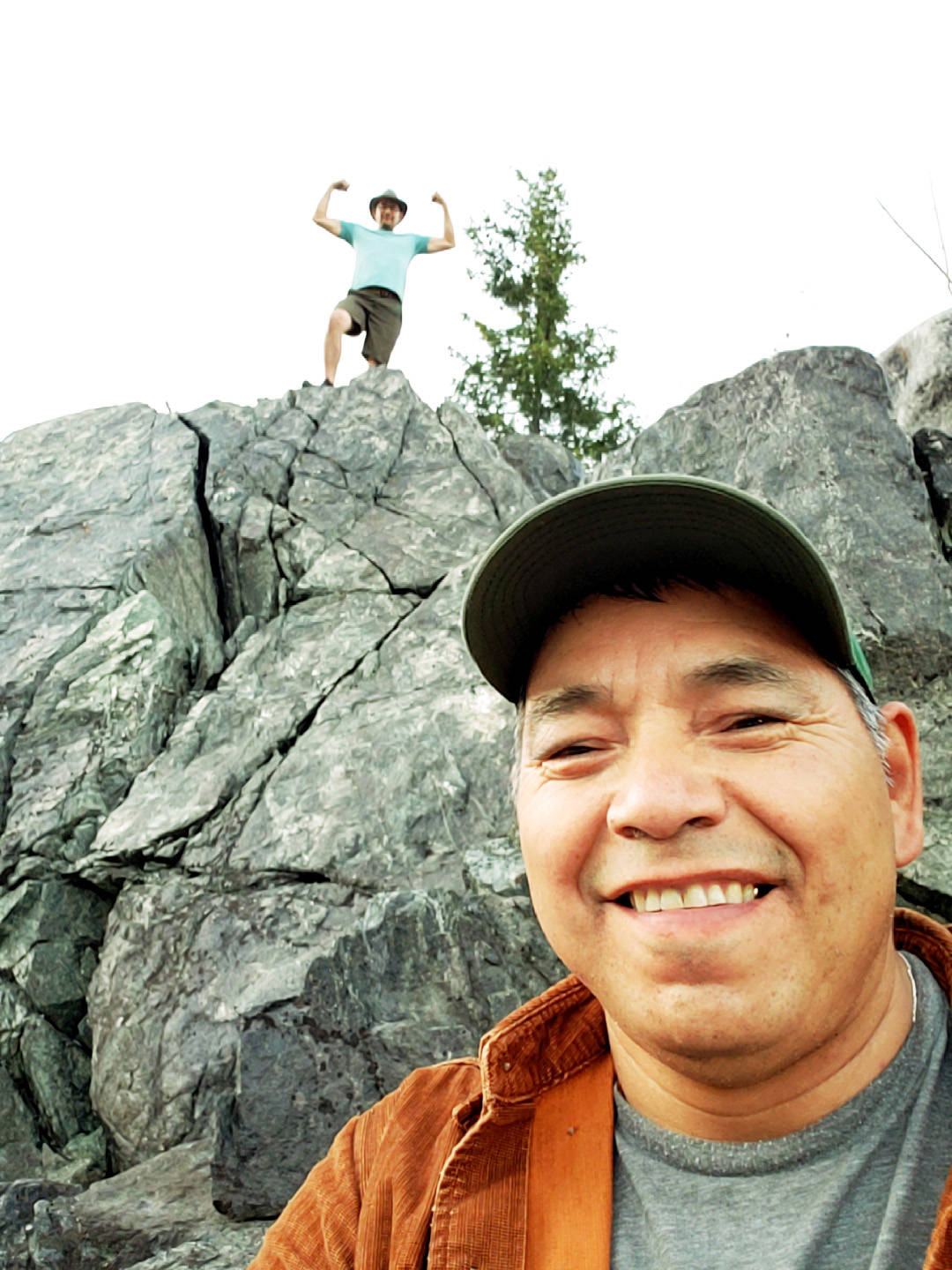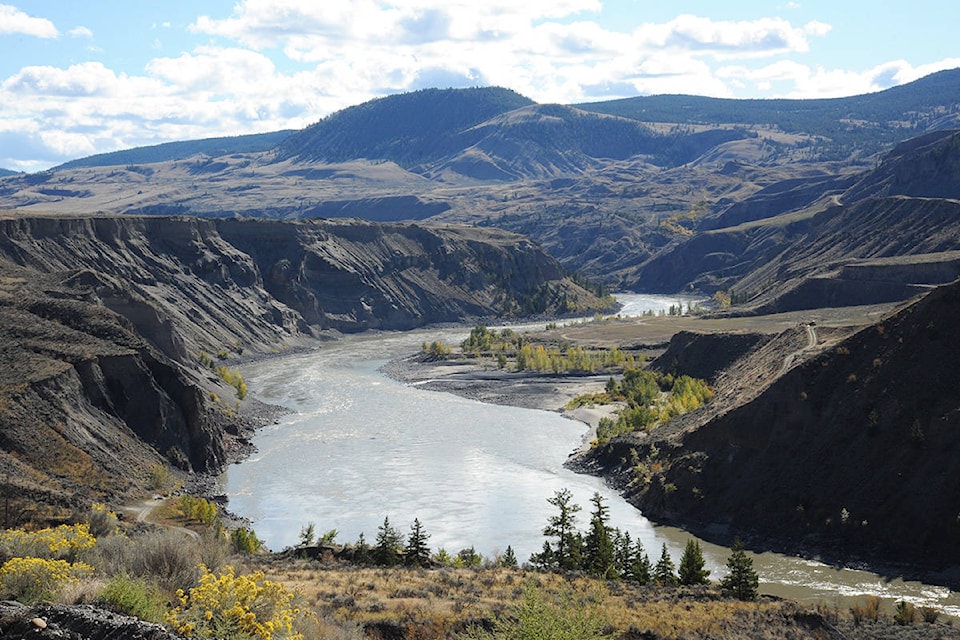Esketemc First Nation chief Fred Robbins said the Department of Fisheries and Oceans is pursuing charges against him for failing to comply with a fishery closure.
Robbins said he was issued the summons Wednesday evening while he staged a peaceful protest by dip-netting the early Stuart salmon run in the Fraser River.
“We are protesting DFO’s methods on conservation of wild salmon stocks,” said Robbins of his intentions.
“We’ll see what happens now.”
The DFO closed the Fraser River at 6 p.m. July 9 to dip-netting and Robbins, who has been chief of Esketemc for just two months now, notified DFO of his plans for the peaceful protest July 11.
He said Thursday morning that he had caught one salmon Wednesday evening.
The DFO did not return calls for comment.
The Esketemc First Nation (also know as Alkali Lake) has 1,200 community members, with approximately 500 of those living on reserve. Robbins said the fish are critical to their traditions and culture, and they are not being included in the discussions surrounding conservation efforts.
The early Stuart run has seen conservation efforts in place targeting First Nations communities along the Fraser River for the past 18 years. That closure, Robbins said, has significantly impacted their way of life.
“We are river people. We have been living off the river since time immemorial,” he said.
In recent years, Robbins said on average they would “be lucky” to harvest roughly 200 fish for the entire community if they follow DFO’s closures. He noted when DFO does open the food fishery for them, river conditions, dangerous access points and the health of the fish combine to create great challenges for any success.
“We are allotted 5,000 but because of the timing of the closures and access to our fishing rocks, and the weather we would never get that,” he said. “What we harvest is no where near enough for our community to be self-sufficient.”
Through an agreement known as the Aboriginal Fisheries Service Agreement signed with DFO every year, Robbins said the community has been waving their right to fish at certain times in the season and beyond what they are allotted due to conservation efforts of the early Stuart run. In exchange for their cooperation the community is given about $44,000 to hire and train fisheries officers who monitor the openings and closures and report to DFO.
Any results or studies on how the fish are doing based on information collected during the fishing season, however, is not shared with Esketemc.
RELATED: DFO contemplating sweeping North Coast salmon fishery closure
RELATED: B.C. First Nation announces full closure of Chilcotin River Steelhead fishery
Robbins wants DFO to come to the table and renegotiate a new, respectful AFS agreement where they are included as partners in conservation efforts. Robbins noted after 18 years he has not seen an improvement in the early Stuart run, which is the highest quality fish for smoking and drying for his community.
“When I was a child I would walk into a smokehouse and there would be nothing but fish at this time of year. That was an exciting moment for me because school was out and we were out along the river on the rocks and sand. Now that I am an adult and I go down there, the kids are still down there playing on the rocks and sand but there’s no fish.”
Robbins said the community is currently sitting idle with treaty talks but envision a future where they are “the decision makers on their own land.”
Do you have a comment about this story? email:
editor@wltribune.com
Like us on Facebook and follow us on Twitter.

